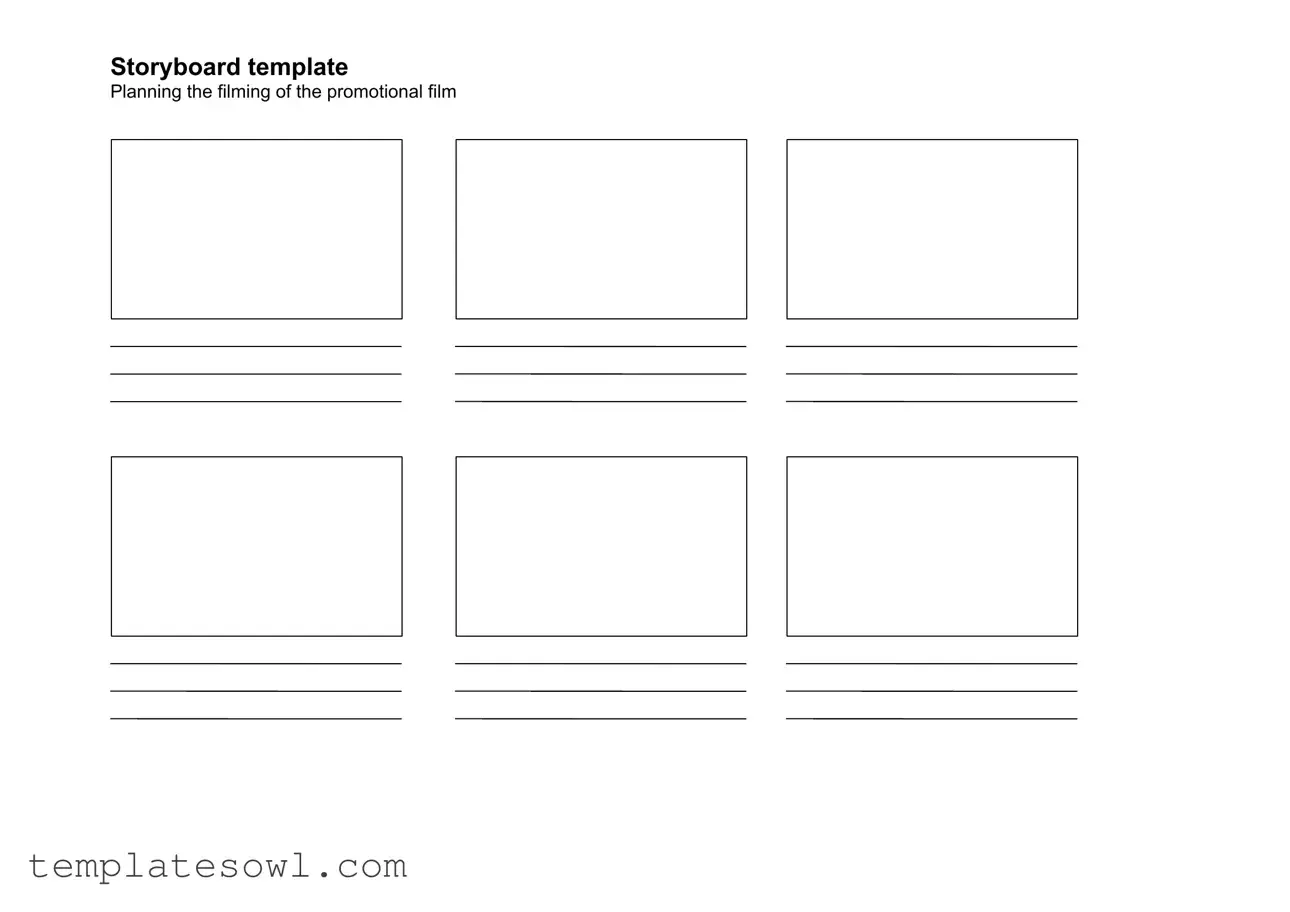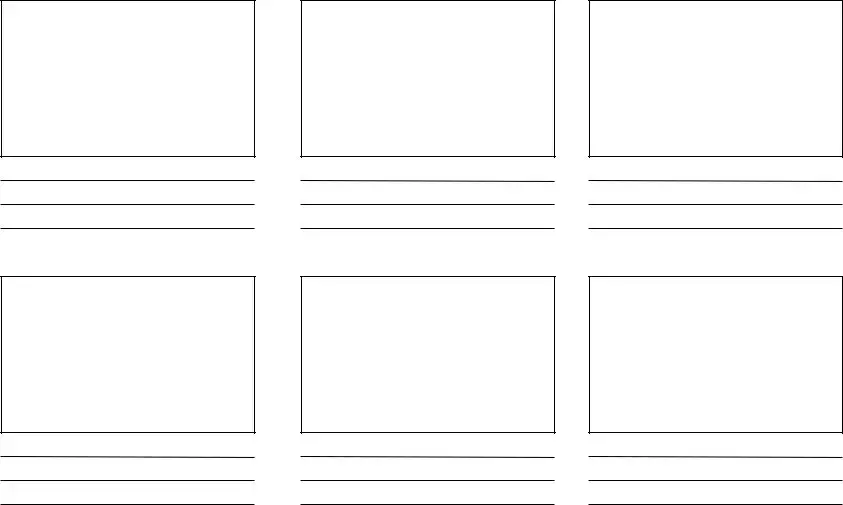What is a Storyboard form, and why is it important for filming?
A Storyboard form is a visual planning tool that outlines the sequence of scenes in a film or video project. It serves as a blueprint for the filming process, helping to organize the creative vision into manageable scenes. By using this form, filmmakers can clearly visualize compositions, angles, and actions before filming begins. Proper use of a storyboard can enhance communication among the crew, reduce production time, and increase efficiency on set.
How do I create a Storyboard form for my promotional film?
To create an effective Storyboard form, start by breaking down your film into individual scenes. For each scene, sketch out key visuals that represent actions or dialogues. Include notes on camera angles, transitions, and any important details that should be captured. Software and online tools are available, but a simple template on paper can also suffice. Ensure that your storyboard reflects the overall tone and message of your promotional film, as this will guide your crew throughout the filming process.
Who should be involved in the Storyboard process?
Collaboration is key in the Storyboard process. Involve directors, producers, cinematographers, and key creative team members. Each person can provide valuable insights, ensuring that the storyboard aligns with the overall vision of the film. Engaging the entire team can facilitate a better understanding of the project and foster creativity among collaborators. Their diverse perspectives can refine the storyboard, making it more comprehensive and effective.
Can a Storyboard form be modified during the filming process?
Yes, it is quite common for the Storyboard form to undergo changes during filming. As the production progresses, unforeseen circumstances may arise, prompting adjustments to the original plan. These alterations can stem from various factors, including location challenges, actor performances, or new creative ideas that emerge. Flexibility in the storyboard allows for spontaneous creativity, while still providing a structured framework to guide the filming process.

